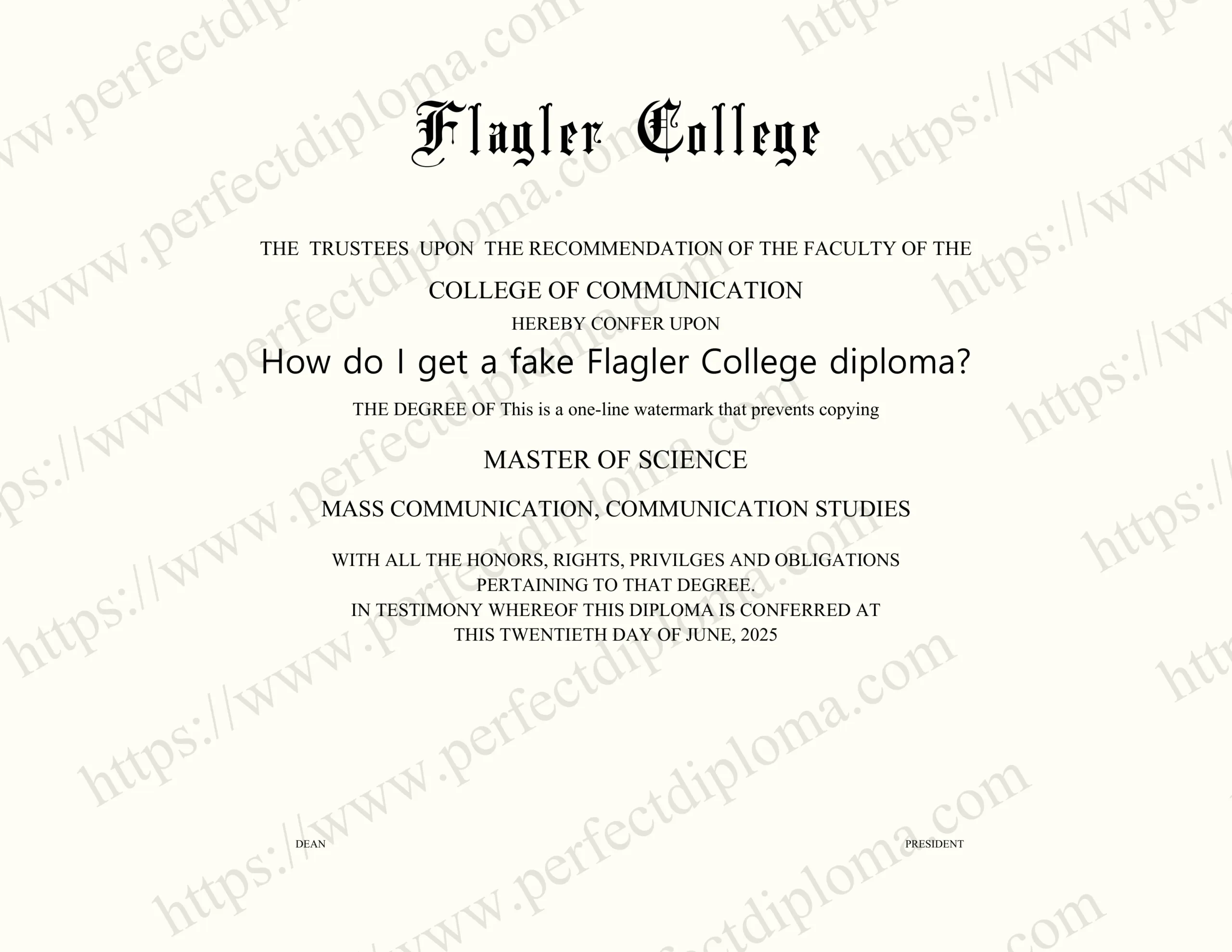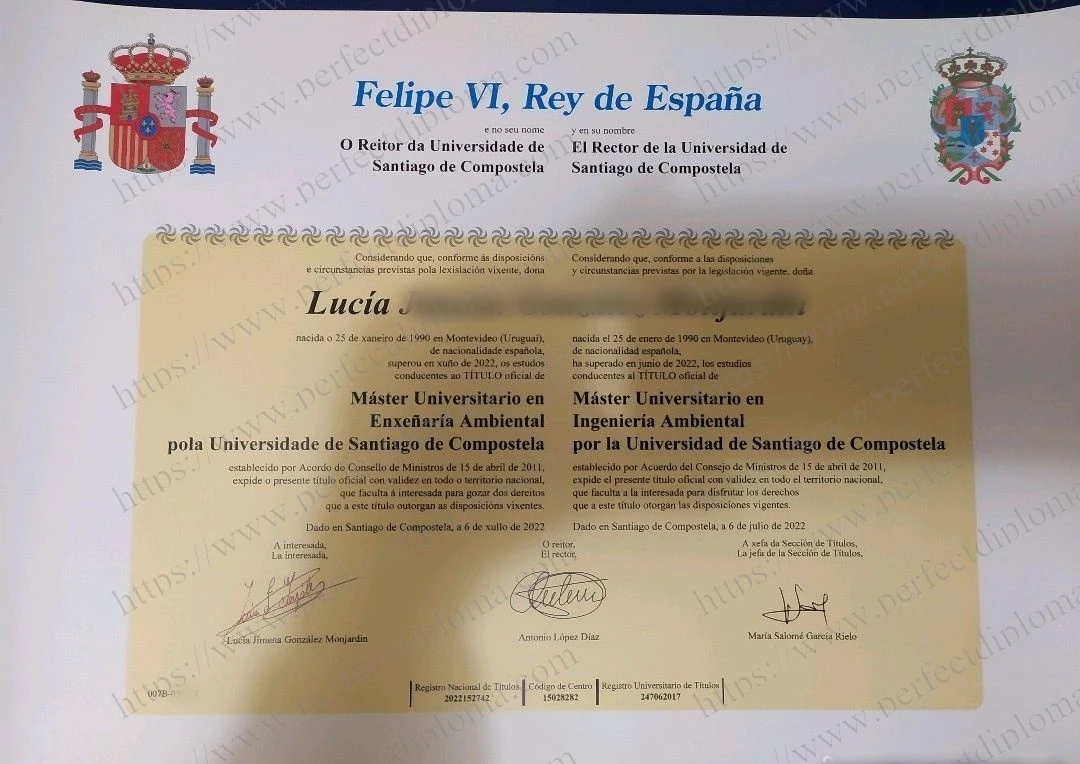
A certain quality of light defines the coastal town of St. Augustine, a soft, historical gold that seems to cling to the coquina walls and ancient fortifications. It is in this rarefied atmosphere that Flagler College resides, not merely as an institution of learning, but as a living, breathing monument to a grand and bygone era. The story of the college is inextricably woven with the legacy of one man, Henry Flagler, and his audacious vision to transform Florida from a swampy frontier into the American Riviera.
The building that forms the heart of the campus was never originally intended for academia. It began its life as the Ponce de Leon Hotel, a palace of unparalleled luxury that opened its doors in 1888. This was not just a place to escape the northern winters; it was a statement. Flagler, a co-founder of Standard Oil, possessed wealth so vast that he could will a fantasy into existence. He hired the architects John Carrère and Thomas Hastings, giving them a simple directive to create something magnificent. The result was a masterpiece of Spanish Renaissance architecture, a sprawling complex of turrets, courtyards, and loggias that stunned the Gilded Age elite.
What truly set the Ponce de Leon apart, however, was its embrace of cutting-edge technology. It was one of the first major structures in the nation to be built entirely of poured concrete. More remarkably, it was a pioneer in electrical illumination, powered by its own plant, with the direct current system designed by none other than Thomas Edison himself. To dine under the glow of electric chandeliers in the late 19th century was an experience of almost futuristic wonder. The hotel was a symbol of a new America, one where industrial fortune could buy not just comfort, but a new kind of beauty and power.
The grandeur of the Ponce de Leon could not outrun the shifting tides of economics and social custom. The Great Depression and the advent of World War II signaled the end of the grand hotel era. The magnificent building stood as a silent, echoing relic until 1968, when it was reborn as Flagler College. This transformation was not merely a change of function; it was a poetic act of preservation. The ballrooms where society waltzed became classrooms where minds would be engaged. The lavish guest rooms were converted into student dormitories, their ornate fireplaces and Tiffany windows now the backdrop for collegiate life.
Today, to be a student at Flagler is to exist in a state of constant, low-level astonishment. The main attraction remains the Dining Hall, once the hotel’s grand parlor. Here, students eat their meals beneath a breathtaking collection of 79 Louis Comfort Tiffany stained-glass windows, their vibrant colors casting a kaleidoscope of light upon the tables. The rotunda, with its majestic dome and murals, serves as a daily crossroads. Learning about constitutional law or macroeconomic theory within such surroundings creates a unique dissonance, a blend of the pragmatic and the sublime. History is not a subject confined to a textbook here; it is the air one breathes, the floor upon which one walks.
The college has wisely expanded beyond its iconic core, adding modern facilities for science, art, and athletics, yet the spirit of the place remains anchored in its origins. The curriculum, with strong programs in fields like coastal environmental science, historic preservation, and media studies, reflects a conscious engagement with its unique location and legacy. The education imparted is one that encourages students to appreciate the layers of the past while equipping them to navigate the complexities of the future.
Flagler College, therefore, stands as a testament to a second vision, one that succeeded the first. Henry Flagler’s initial dream was of a luxurious escape for the privileged few. The college fulfills a broader, more democratic purpose: it is an engine of opportunity, offering a transformative education within a national treasure. It proves that preservation is not about freezing a building in time, but about injecting it with new life and new purpose. The ghosts of the Gilded Age do not haunt these halls; they share them, silently observing as a new generation writes its own story amidst the Tiffany glass and Spanish arches, under the enduring, golden light of St. Augustine.
Make Flagler College diploma online, |Fake Flagler College degree, How much to buy Flagler College fake degree?, Purchase Flagler College fake diploma, Get Flagler College fake diploma, Buy fake Flagler College degree



